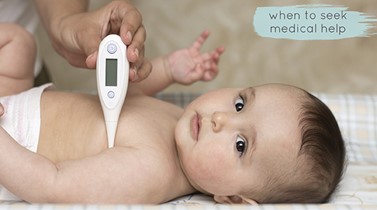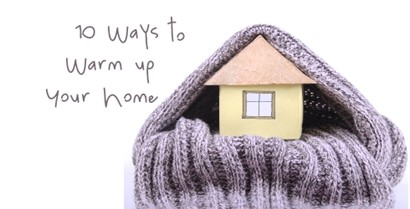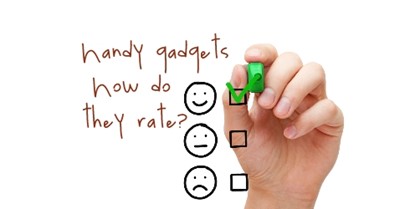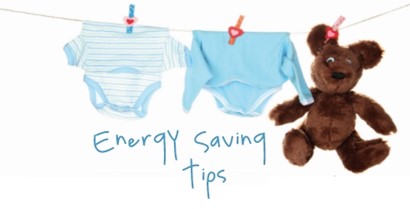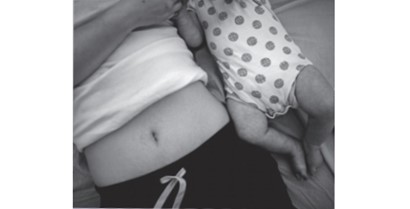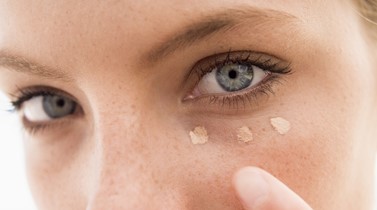When To Seek Medical Help For Your Child

We asked Sean and Imogen Thompson, medical professionals and parents of two children under five, what to look for when kids get sick and when you need to call for help.
Having an unwell child can be a frightening experience and our initial response as parents may start at denial and then spread to outright panic! So, what should you worry about, what should you do, and who should you call?
The first thing is that mums and dads know when something is not right and a medical professional will place much importance on what you feel is not normal for your child. If you are worried, get your child looked at. It can be that simple.
In New Zealand we are fortunate to have a variety of options to help our children when they are unwell, and most of those options are still free. GP visits and after-hours clinics are free for under-sixes and New Zealand citizens can get free treatment at hospital emergency departments. St John Ambulance charges a fee for call-outs (up to $70 depending on where you live) but if you live in the Greater Wellington region including the Wairarapa, the Wellington Free Ambulance provides a free emergency ambulance service. Most parents are also familiar with Healthline (0800 611 116) which is staffed by experienced nurses and fully funded by the Ministry of Health. You can call Healthline if your child has any illness, injury or symptoms of sickness.
Call Plunketline (0800 933 922) if you have questions about your child’s crying, sleeping, growth, development, behaviour, immunisation, breastfeeding, nutrition, oral health or safety. Plunketline will refer you on for further help if your concern falls outside of their scope.
Call-takers in ambulance communication centres, Healthline and Plunketline all use state-of-the-art computer programmes to ensure that the most accurate information is taken from the caller and the safest information and assistance is given. Healthline and Plunketline will both also redirect your call to ambulance services if it is clear your child needs urgent help.
When to call Healthline or your GP
The following situations may not be absolute emergencies but you should still get medical help from either Healthline (0800 611 116) or your GP:
- Fever: This is when the body’s core temperature is raised, usually due to fighting an infection. At home, temperatures can be measured from the mouth (orally), armpit (axillary) or outer ear (tympanic). Digital thermometers work well for the oral and axillary locations while electronic probes work well for the ears. Make sure you follow the manufacturers’ instructions, whichever type you chose.
There are many ways to define a fever, depending on the age of the child and how the temperature is measured. One good definition for fever is an oral temperature of over 37.5°C. This in itself needn’t be cause for concern though, unless the child is very young or seems sick (pale, lethargic, weak). - At our place, we often refer to the old medical saying: “Treat the patient, not the number”. So, instead of worrying about a certain level of temperature from a kid who seems playful and otherwise fine, we always consider other aspects of how our child seems. We recommend asking these questions:
- Is your child drowsy, hard to wake or irritable?
- Does his skin show signs of being blue, pale or mottled (poor circulation, see above)?
- Does he have a rash that won’t go away when you press the skin? If the answer is yes to any of these questions, the fever is likely to be an emergency. Otherwise it is probably okay to see the doctor or talk to Healthline routinely. Fevers in children under three months old should always be assessed urgently by a medical professional.
When caring for your child with fever at home, make him comfortable, dress him with light clothing, give him frequent sips of clear fluids and apply cool flannels to the head. Give paracetamol syrup (Pamol) if he is uncomfortable or in pain but never for more than 48 hours without a doctor’s assessment.
- Bad cough: Don’t ignore persistent coughing that lasts for weeks or if it is associated with wheezing or phlegm. Coughs are usually harmless and very common symptoms in children — many are simple viral conditions — but if in doubt check it out.
- Pain: For example, sometimes children can report pain in their joints such as sore knees or hips and this should be investigated — it’s not necessarily “growing pains”.
- An unusual cry for more than one hour.
- Unusual sleepiness or difficult waking up.
- Not eating or drinking normally.
- Six to eight hours without a wet nappy (if not toilet-trained).
- Vomiting for more than six hours.
- Vomiting and diarrhoea at the same time.
- Jaundice (yellow skin or eyes)
- Broken bones even with manageable levels of pain.
If your child’s condition is getting worse, call 111. It’s okay to make the call! Ask for an ambulance. The paramedics will not necessarily take your child to hospital but they will assess your child and recommend the best treatment. If unsure, call Healthline.
The 111 and Healthline call-takers are experts at talking you through what you need to do, for example, if your child isn’t breathing properly. If CPR (chest compressions for a heart that is not beating properly) is needed, they will coach you through it over the phone. Listen to your intuition. If something isn’t right, you will know. If you are in any doubt, call for help.
When you need to dial 111
Let’s start with clearly life-threatening emergencies, the ABCs. For these you should call 111 and ask for an ambulance without delay:
ABC is an emergency of the air ways, breathing or circulation.
Air way: Choking is when the breathing tube (trachea) gets blocked. It’s clearly an emergency if there is no oxygen flowing into your baby or child.
Breathing: Difficulty breathing, fast breathing, grunty breathing, wheezy breathing, breathing with the whole body, head bobbing when breathing, turning blue or stopping breathing, drowning or near drowning — all are potential emergencies and you need to seek help fast.
Circulation: This is about blood supply and one of the easiest ways to see if your child has poor blood supply for any reason is to look at his skin. Has it gone white? Is it blue or mottled in colour? Is your child blue around the lips?
Bleeding: Is he bleeding so badly that you cannot stop it with direct pressure on the wound?
As well as these, there are a variety of other emergencies that would warrant a call to 111:
- Poisoning (if your child is unconscious or if it’s advised by Healthline or the New Zealand Poisons Centre 0800 POISON [0800 764 766].
- If your child is floppy or limp.
- If there’s green vomit (bile) or blood in the vomit.
- If it’s a severe allergic reaction (swelling or rash, especially if there’s difficulty breathing).
- If it’s a seizure, fit or convulsion of all or part of the body.
- If there’s excessive drooling and your child has difficulty swallowing.
- In the case of a head or neck injury.
- Burns: If the burn is larger than the size of your child’s hand or if it’s so severe your child has difficulty breathing, or if it affects hands, feet, head, genitals or joints or if you can’t control the pain.
- Broken bones: If you can’t control the pain or if the bone is sticking out of the skin.
- Unrelenting pain of any sort.
- Falls that cause loss of consciousness, vomiting, tingling or numbness, or if you suspect an internal injury or injury to the head, neck or spine.
- Hypothermia (when the core body temperature is reduced).
- Electric shock.
- Meningitis: Your child may be floppy, lethargic and unusually grizzly, have a high temperature, vomit, difficult to wake up, have a headache, seizure or have a red blotchy rash.
Sean Thompson (BHSc Paramedic, BApplSc, PGCert Adv Para Prac) is an intensive care paramedic with Wellington Free Ambulance. He is also a clinical lecturer on the Bachelor of Health Science (Paramedic) degree programme at Whitireia Polytechnic in Porirua. Imogen (BHB MBChB MPH) is a medical doctor with experience in clinical and academic settings. She is specialising in public health medicine. Imogen and Sean are the very proud parents of three-year-old Leo and eight-month-old Phoebe.

AS FEATURED IN ISSUE 25 OF OHbaby! MAGAZINE. CHECK OUT OTHER ARTICLES IN THIS ISSUE BELOW





